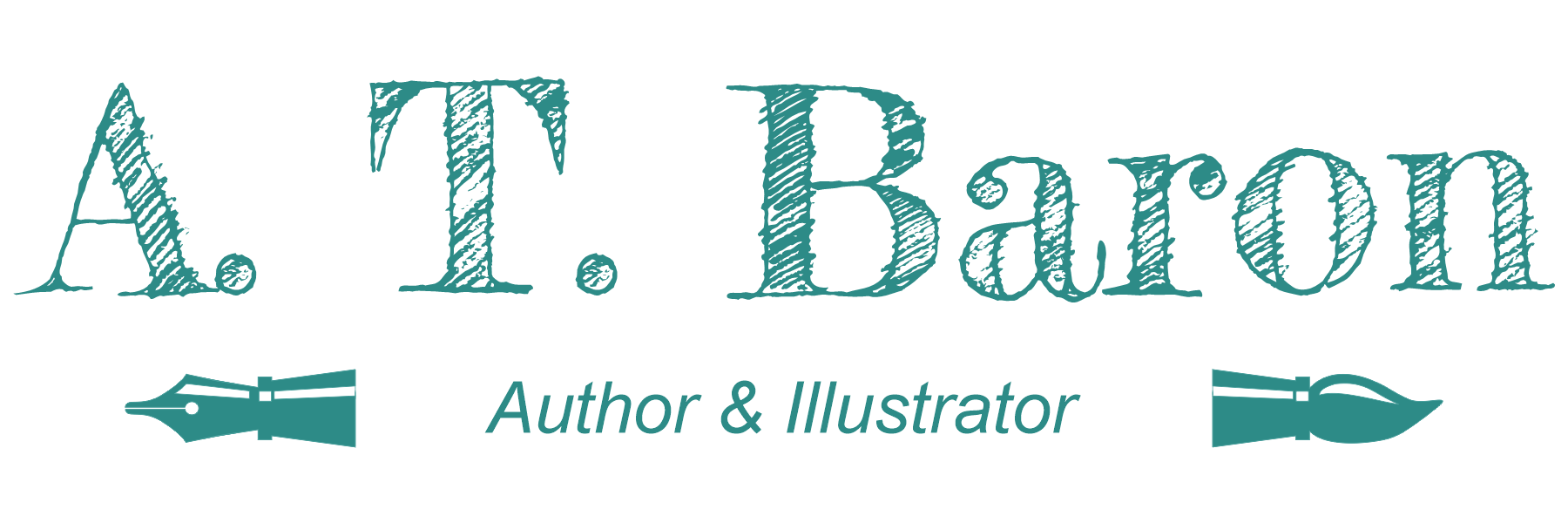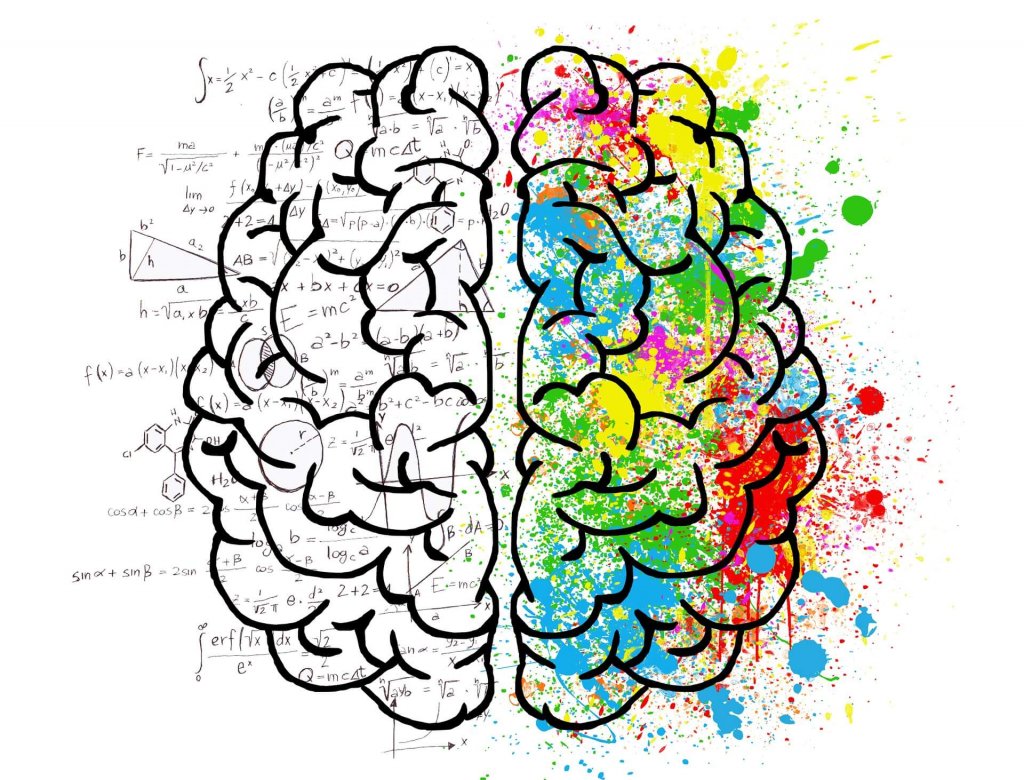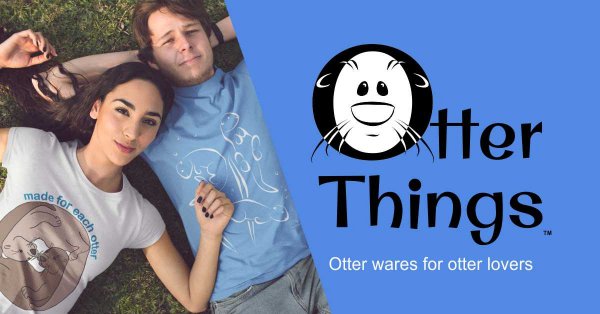Fortune Cookie Friday: Creation Begins in the Mind
Many artists use a reference when they create. Ideally, it’s best to use the actual objects so you can directly observe them as they interact in real life. We can better capture the subject by looking at how it relates to its surrounds or how it moves.
Another option would be to use photos taken of a subject that we are unable to view in person. I frequently use this method with animals and close-up shots for detail.
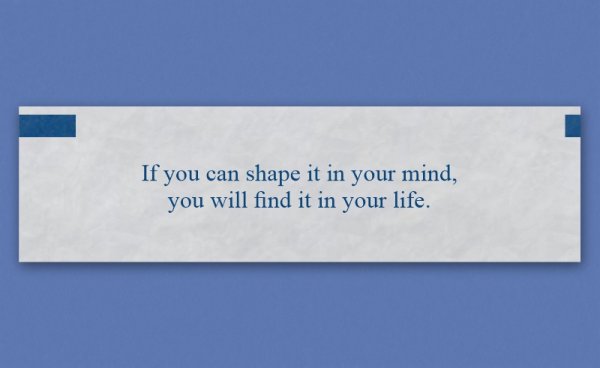
Not all art requires a physical reference for creation. Our experiences and memories hold a bevy of images from which we can draw. A creative mind can imagine all sorts of things, and with a little practice, we can recreate that thought in real life.
Think of a smile, for example. We already know what one looks like—the upturned corners of the mouth and perhaps the evidence of crow”s feet around the eyes from a Duchenne smile. It would be easy to draw it because we have experienced what it looks like. One person’s drawing may differ from another’s, but the mind’s image can still come through.

This same process is used with writing stories, composing music, and venturing through life. One doesn’t have to be a great artist to create. We are all creative. It only requires us to put in a little effort and focus.
Much like in Meredith Wilson’s musical “The Music Man,” we can use a “think system” to create things in real life. We take our emotions and concepts and mold them in our minds. Once these ideas take shape, we can put them into action.
An entrepreneur’s business can start from the spark of an idea and build into a corporate empire. Like a musical composer moved by a cerebral melody, they formulate the possibilities until the thoughts compel them to act.
The premise of a shop called Otter Things that sells items for otter lovers can go from an emotional thought to business plan and income before you know it. That is precisely how my shop came to be.
There are plenty of examples of creative entrepreneurship. Thomas Alva Edison came up with some really bright ideas and helped “bring good things to life.” Besides the lightbulb and the phonograph, he integrated the concepts of mass production to inventions and created the first ever industrial research laboratory.
Walt Disney allowed his imagination and creativity to entertain the world with whimsical characters and gave us color cartoons and fun theme parks.
Apple® computers started in the minds of Steve Jobs, Steve Wozniak, and Ronald Wayne made its way through a garage and out to the world.
If you searched for more entrepreneurs on Google®, you would be using Larry Page’s and Sergey Brin’s research project that climbed the ranks to become one of the most recognizable names and brands today.
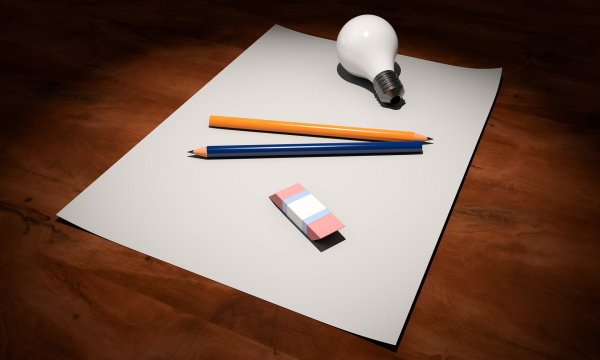
Our future possibilities begin in our minds—what we make, what we do, how we live. A writer can plot out a story and create scenes that entertain and delight the reader. We can do the same thing with our lives. We can write our own stories and live out the adventure. The only thing stopping us is the limit of our imagination.
